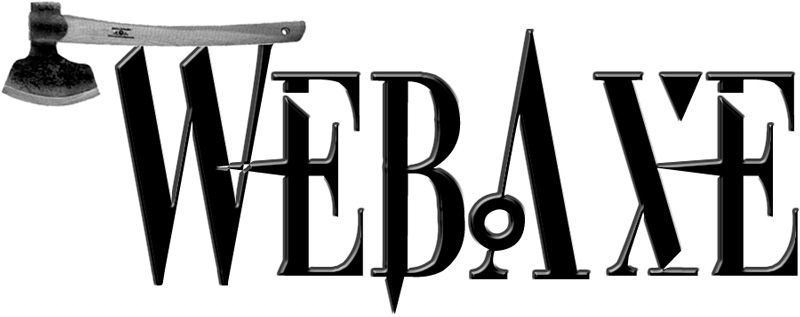There has been much discussion about the idea of detecting a screen reader from a website and optimizing the code. In the W3C editor’s draft IndieUI 1.0: User Context, screen reader detection is proposed. This scares me and many others in the web accessibility community.
In the recent publishing of the WebAIM screen reader survey, one of the questions is “How comfortable would you be with allowing web sites to detect whether you are using a screen reader?”. Surprisingly 54% of respondents replied “Very comfortable”. This sure sparked some discussion on Twitter and on blogs.
For the most part, detecting a screen reader has been ill-received from the accessibility community. I am also strongly opposed to this idea.
The reasoning boils down to two issues: development and privacy. And it’s bad for both. Here are some reasons why it’d be bad for development:
- Text-only websites didn’t work before and you know devs will do this if a mechanism is provided.
- Screen reader detection is eerily similar to the browser-sniffing technique which has proven to be a poor practice.
- Maintaining separate channels of code is a nightmare; developers overloaded already with supporting multiple browsers, devices, etc (via RWD). And if done, it will many times become outdated if not entirely forgotten about.
- Why screen reader detection? If you follow that logic, then detection should be provided for screen magnifiers, braille output devices, onscreen keyboards, voice-recognition, etc. That’s just a bad idea.
Let’s hope screen reader detection is removed from the W3C draft of IndieUI 1.0: User Context.
PS: Interestingly, @LFLegal recently announced that Safeway is (finally) removing a text-only version of its website in the blog Separate is Not Equal: Good News for Grocery Delivery.
Further reading:
- Why screen reader detection on the web is a bad thing by Marco Zehe.
- Thoughts on screen reader detection by Leonie Watson.
- “Should we detect screen readers?” is the wrong question by Karl Groves.
- On Detecting Assistive Technology by Joe Dolson
- On Screen Reader Detection by Adrian Roselli.
Updated August 2023

